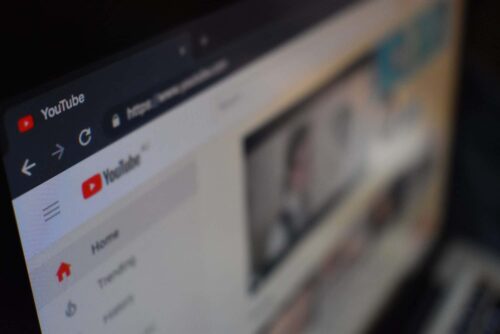What is copyright?
Since social distancing in the safety of my apartment, I have spent more time than usual on social media, watching YouTube videos Netflix, Hulu, listening to podcasts, and probably any other platform you can think of.
One common topic that I have noticed become almost a constant from content creators on YouTube and social media platforms is copyright, but I have noticed that few truly know what copyright is. They just associate it with someone (usually a music artist or record label) receiving all the ad revenue from their content due to the original owner claiming copyright infringement.
So, what is copyright? According to Merriam-Webster, copyright is the exclusive legal right to reproduce, publish, sell or distribute the matter and form of something (such as a literary, musical or artistic work).
We often see content creators use their new favorite song in their intro or as background music of their videos, which may sound good but it is usually copyrighted by the artist or their record label.
When content creators use copyrighted material without permission then it is copyright infringement – meaning that creator is using that material in some way without permission of the copyright owner.
During my time at Cronkite, we talked a lot about copyright. Here are some of the best tips I learned to easily avoid copyright infringement
Always assume copyright
It is better to assume the work is protected by copyright until you can verify it isn’t, and simply writing “I claim no rights to this song/video/picture” (You’ve probably seen your Facebook friends do this) usually isn’t enough.
Become familiar with Fair UseFair Use allows the use of copyright protected material in certain circumstances including: criticism, comment, news reporting, teaching, scholarship, educations and research.
Use copyright free material
As you’ve noticed on our blog, we have a picture included in each posting. Some of these photos we have taken but often they are stock photos. Sites like Unsplash, Pixabay, Pexels, and some others described here that cater to more specific content. These are just a few resources for finding photos and videos that are safe to use. It isn’t usually required but is always still a good idea to give the original photographer from those sites credit when downloading their photos or videos
Create your ownAnother safe option is creating your own original content. Platforms like Canva, preloads thousands (maybe even millions) of photos and different elements for you to easily create your own copyright free content.
Where are some of your favorite places to find copyright-free material? We have featured in the past other stock photo sites that cater to more specific needs.

